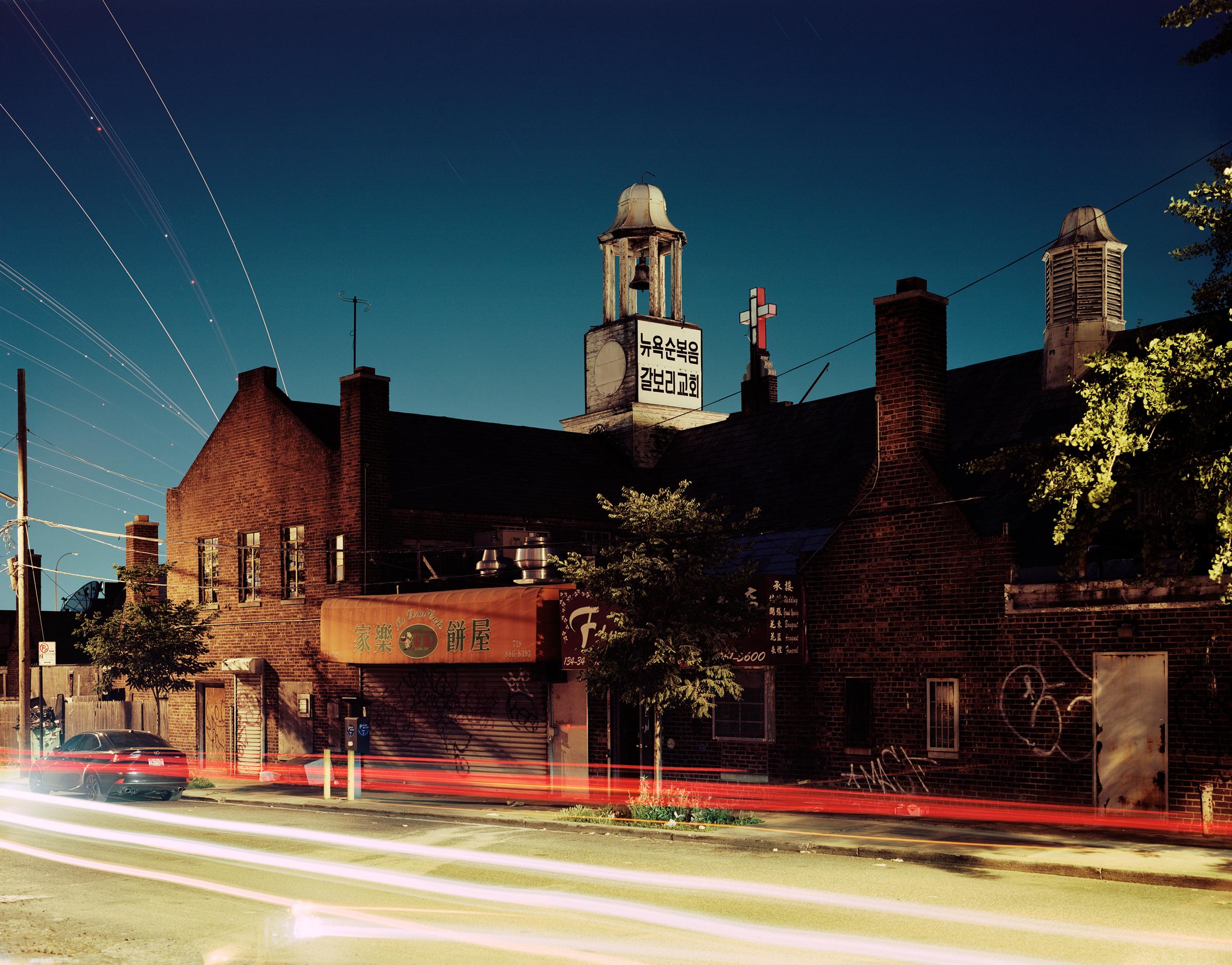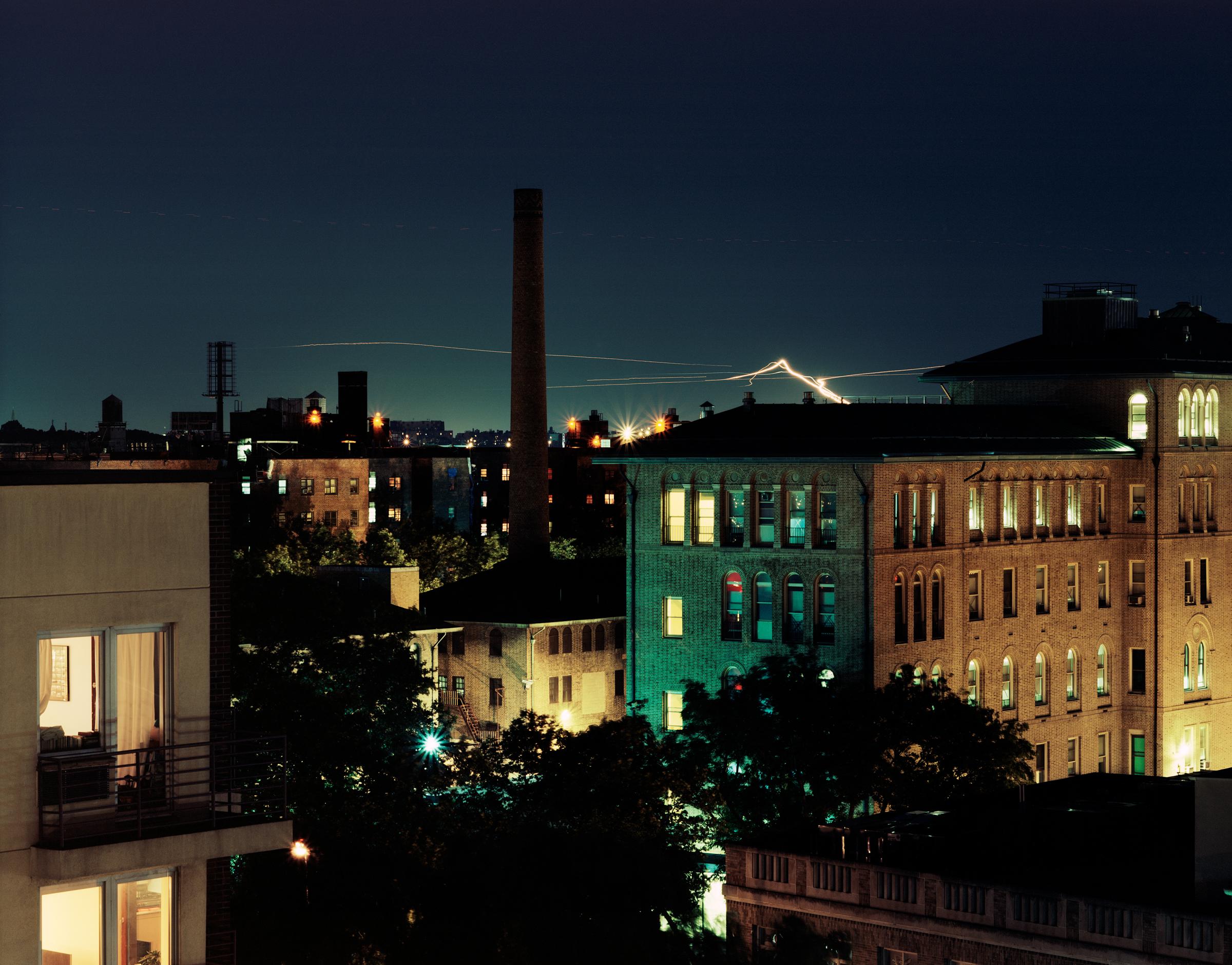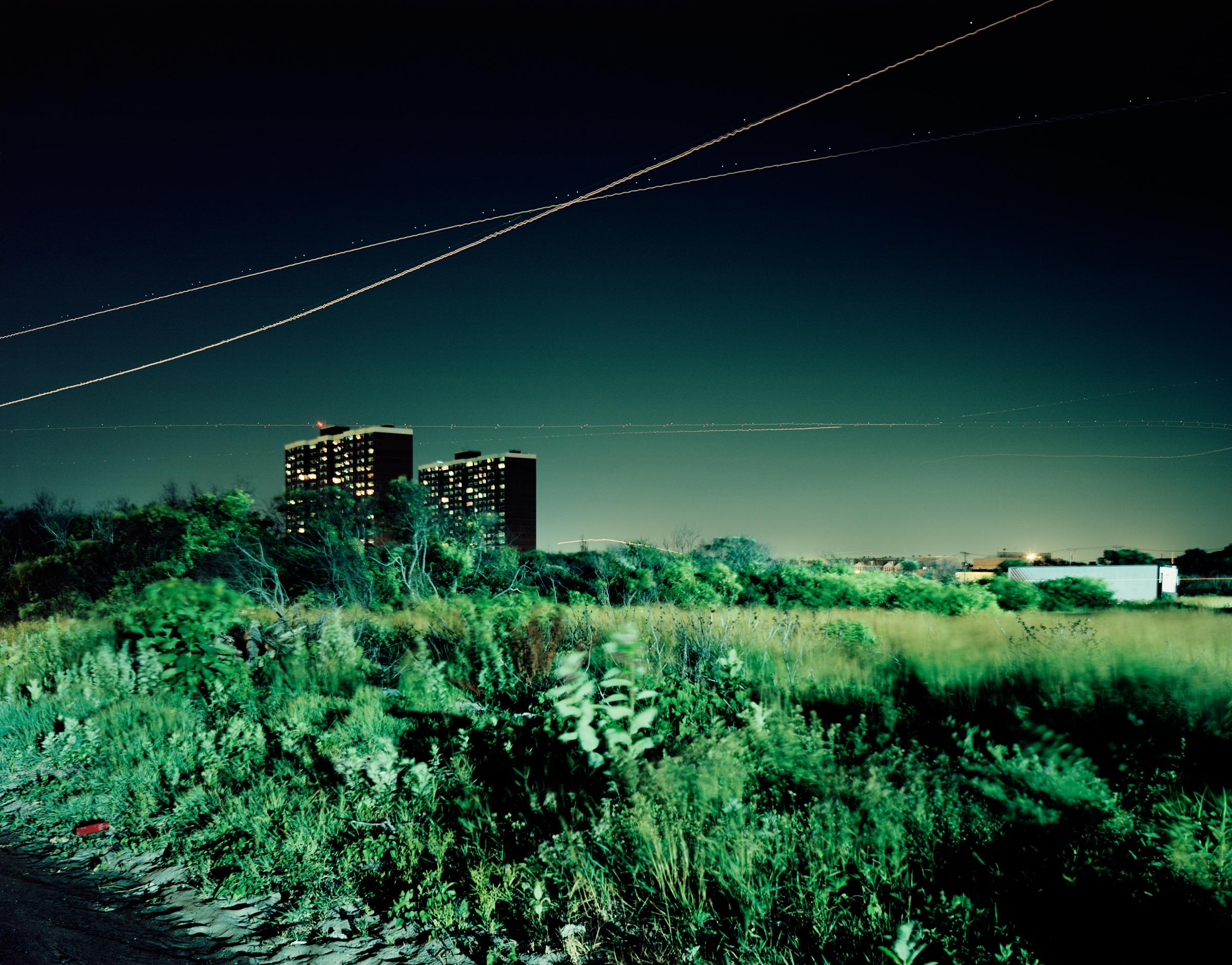There are going to be some 41 million people in motion before and after Thanksgiving, unless they are stopped cold by the weather gods. Looking at the National Weather Service’s color-coded alert map, the glob of warning colors running from Washington D.C. to Maine might be described as Cancelation Red rather than a winter storm warning. It’s gonna be ugly, folks. And inside the crowded airports, lots of passengers who really don’t fly all that much—this is a weekend for amateurs—will be cluelessly waiting in line for the airlines that just canceled their flights to reroute them.
You don’t want to be one of these people. If you are standing on a line, it’s probably already too late to get re-accommodated quickly.
PHOTOS: Beautiful Long Exposures of Airplanes at Night











MORE: Inside the strange world of airline cancellations
No matter the forecast, you should always have a Plan B in mind when you travel. Even if you’re not a frequent flier, download the app for the airline you are taking so it can text you with updates. There are also apps such as Flight Aware that will send you alerts—and you can also see how well the entire system is performing. Increasingly, the airlines will rebook you automatically if you give them the opportunity. This happened to me last year while reporting on a story about cancelations—although that 3 a.m. phone call could have waited. Nevertheless, this automatic “reaccomm” as the carriers call it, can be really helpful.
But if the situation goes south when you’re at the airport, you need to figure out your options in advance. Flights are so full that in the event of a cancelation, rebooking the next direct flight might not be possible. Look for connections. Consider the mid-country hubs that might help get you where you are going: Houston, Dallas, Denver, Detroit, Chicago, one of them is bound to have decent weather.
MORE: Holiday travelers rejoice! Thanksgiving gas prices will be the lowest in years
You need to be proactive. When my flight from Tokyo to New York was canceled by a big, disruptive East Coast hurricane a couple of years ago, the carrier offered to fly me to Los Angeles—where I would be stuck for three days waiting for an available flight. I started to look to build unscheduled connections that could get me farther east. By going hub to hub to hub (LAX-ORD-DCA), I got close enough to home so that I could drive or take a train.
MORE: Download these 7 holiday travel apps to get home in time for turkey
Having lots of experience with airline calamity has taught me the scramble drill. You need to be armed with enough knowledge so that in the event you actually do have to deal with an airline agent, you can get what you want, not what they are offering. Be firm and insistent to make your point but don’t scream at airline employees; you can communicate your ire in a civil tone and get better results.
Here are a few other tips for peak travel weeks:
No, you can’t bring that on board
If you don’t travel much, go to TSA’s website to figure out exactly what you can or can’t bring through the security checkpoint. Hint: weapons are a no-no.
Know your rights ahead of time
Every carrier posts a Contract of Carriage (here’s Delta’s, for instance) that explains terms and obligations pertaining to your ticket. Pay particular attention to Rule 240 or its equivalent, which covers delays and cancelations. All the carriers have a Contingency Plan for Lengthy Tarmac Delays, too.
Consider checking a bag
It’s amazing to watch people trying to lug so much stuff onto chock full jets. You hate paying $25 to check a bag, as you should. But the fewer points of friction you create for yourself, the calmer you are going to be on board. And the more space you’ll have under your feet. Keep in mind that very few bags are mishandled.
Consider travel insurance, which can sometimes be purchased last minute
The airlines have now dumped all the travel risk on you: Your airfare is non-refundable, and if weather scratches your flight, you’re on your own if you need to find food and lodging. Travel insurance offsets those risks, but at a price, typically about 5% of the trip cost. The higher the cost, the better the case for insurance, which will pay off from everything from flight delays to emergency cancelations on your part. Seek independent, third party insurers rather than airlines or travel agencies.
Try to roll with it. Easier said than done, yes. People—both adults and kids—tend to lose it more quickly in airports, because we’re not in control of anything. It’s beyond frustrating. If you are traveling without kids, you might make some new friends at the bar—or at the increasing number of “private” lounges open to the public for a $35 fee. (Which includes drinks.) If you are traveling with kids, you might not. Just remember, somewhere in that airport somebody else’s kids are behaving worse than yours.
So if you are one of the 41 million, bon voyage.
As for me, I’m staying put. You have to be crazy to travel on Thanksgiving.
Read next: 5 Ways to Be an Airplane Aggravation
More Must-Reads from TIME
- Cybersecurity Experts Are Sounding the Alarm on DOGE
- Meet the 2025 Women of the Year
- The Harsh Truth About Disability Inclusion
- Why Do More Young Adults Have Cancer?
- Colman Domingo Leads With Radical Love
- How to Get Better at Doing Things Alone
- Michelle Zauner Stares Down the Darkness
Contact us at letters@time.com